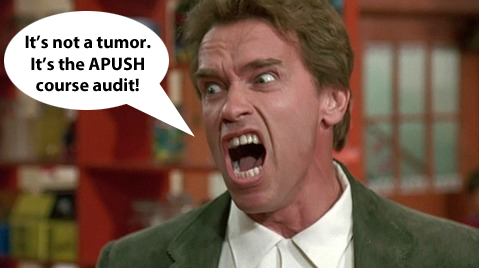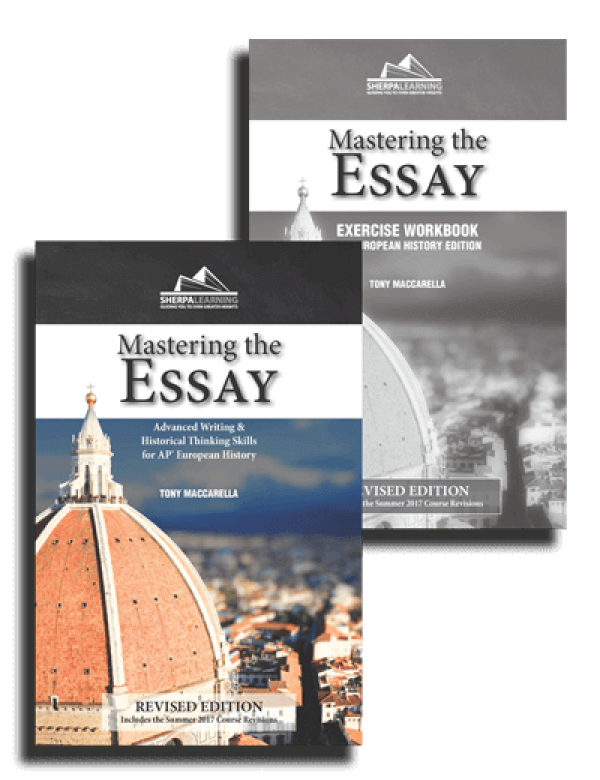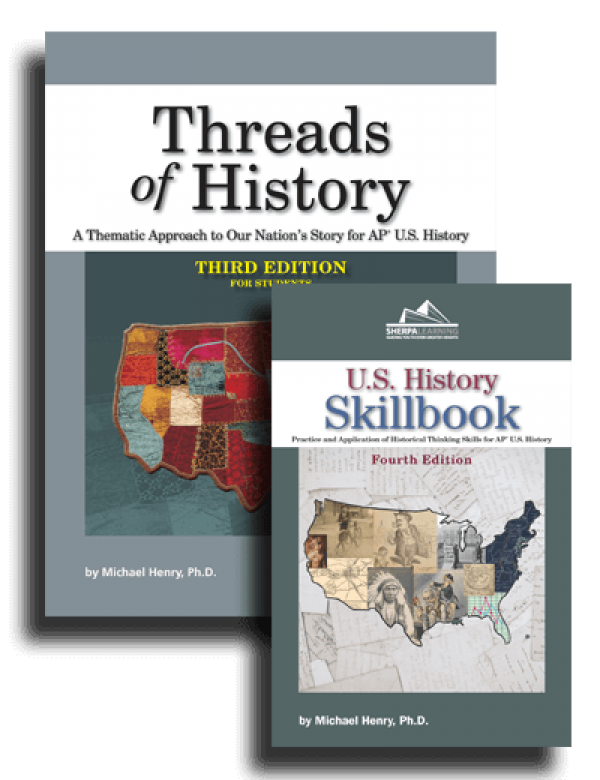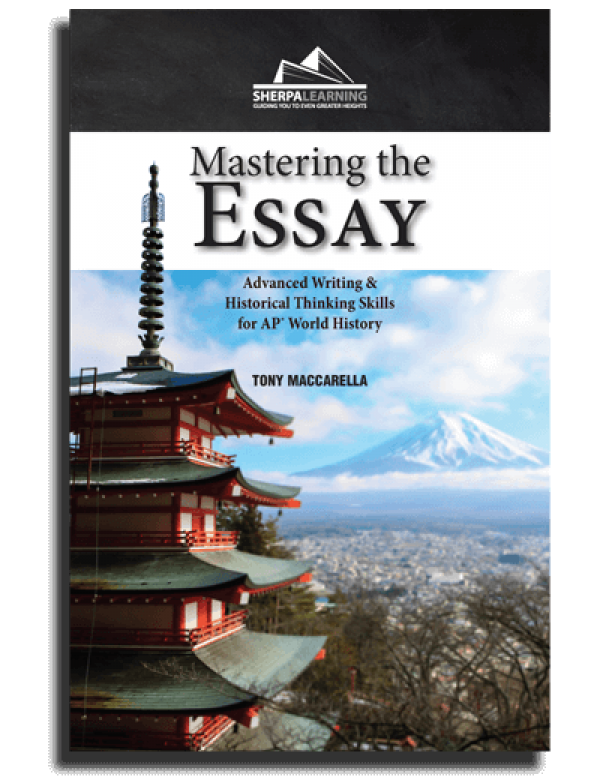Confronting the Audit Demon (Part 2 of 2)

Confronting the Audit Demon
Part 2 of 2
From Part 1: Simply stated, the new audit process is a ton of work. If you have already completed your syllabus and submitted it, you know what I’m talking about. If you have not yet done it, the process may be weighing heavily on your mind. I am one of the auditors and have reviewed nearly one hundred submissions since the program began. I would like to offer several observations about the process and tips to help you avoid some common omissions.
Picking up where I left off in Part 1, here are three more of the most common areas where teachers are being tripped up in the audit. From my experience, the following areas are the most likely to be excluded or only partially developed:
(CR 7)
The course provides opportunities for students to analyze evidence about the past from diverse sources, such as written documents, maps, images, quantitative data (charts, graphs, tables), and works of art.
— Appropriate use of historical evidence; The syllabus must describe at least one assignment or activity requiring students to analyze primary source(s) for two or more of the following features: audience, purpose, point of view, format, argument, limitations, and context germane to the evidence considered. The syllabus must cite the sources used for the assignment or activity
The source most often left out is quantitative data. Don’t forget to include a chart or graph in one of your lessons. The New Deal is often a good place to use a chart to evaluate its effectiveness.
(CR 10)
The course provides opportunities for students to investigate and construct different models of historical periodization.
— Periodization; The syllabus must describe at least one activity or assignment where students explain ways that historical events and processes can be arranged within blocks of time.
Periodization is one of the most common areas that is overlooked. The best way to meet this requirement is to include a lesson on “turning points” in American history. Timelines work only if they specify the beginning or ending of a period. It is not enough to have students examine the Era of Good Feelings, the Jacksonian era, or Reconstruction. They must look for events marking a beginning or ending of the period.
(CR 13b)
The course provides opportunities for students to combine disparate, sometimes contradictory evidence from primary sources and secondary works in order to create a persuasive understanding of the past, and to apply insights about the past to other historical contexts or circumstances, including the present.
— Synthesis; The course provides opportunities for students to apply insights about the past to other historical contexts or circumstances, including the present. The syllabus must describe an activity or assignment in which students apply insights about the past to other historical contexts.
Teachers are often missing this requirement, which asks students to combine information into new understandings and circumstances (synthesis). This has been a very troublesome concept with the essay rubric as well. To meet this requirement make sure that you connect an activity or lesson to another context- even the present. Many teachers have satisfied this requirement by including a lesson on immigration policy throughout American history and connecting it to current social and political conditions.
I hope these suggestions will help you construct your syllabus and lessen your anxiety about this arduous process. Good luck on your submission. Perhaps I’ll be the evaluator to give your syllabus a heads-up!
Have an audit question? Reach out to Sherpa Learning through Twitter, Facebook, or Google+ and we will make sure Mike Henry personally reviews your correspondence. He lives for this stuff. Don't be shy.




